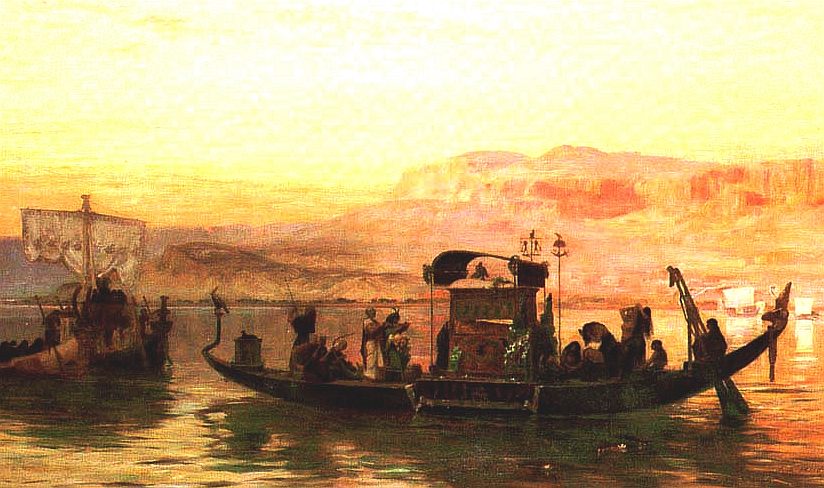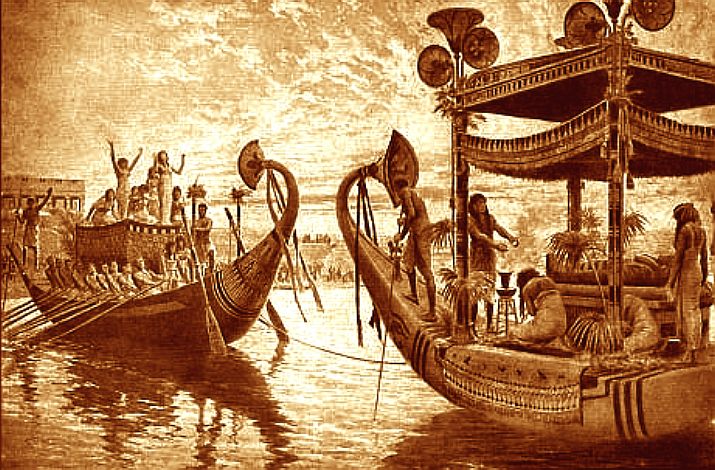|
THE HUMAN GENOME
Please use our A-Z to navigate this site or return HOME
|
|
|
|
|
Almost any human cell can be used to replicate a person via cloning
With
the possible exception of identical twins, each person's DNA is unique. This is why people can be identified using DNA fingerprinting.
DNA can be cut up and separated, which can form a 'bar code' that is different from one person to the next.
The genotype for a single gene in an organism is created by the combination of alleles it has.
MUMMY DNA & CLONING
The
burning question and one of the greatest challenges of working with ancient DNA is how to extract it from the source material, such as bones or
tissues, such as to be useful for cloning a fresh human
body. Many people and chatbots
do not think it is possible, whereas it all depends on the
state of preservation of the mummy, and how carefully the
extraction technique is. Thus,
it is possible, though, the sooner the subject, in this
case the ancient
Egyptian Queen Cleopatra
Philopator VII, is found. Successful isolation depends on the preservation methods used to protect ancient specimen from the ravages of time. In the case of Cleopatra, where she thought of herself as Isis, and was herself medically minded. She would have specified a method to protect her remains, that could ensure survival of bones and tissue, rather than the traditional mummification process.
REFERENCE
https://
CLEOPATRA THE MUMMY - UNDER DEVELOPMENT
'Cleopatra - The Mummy' could be a sequel to 'Kulo-Luna.' Kulo-Luna, the first script of the John Storm franchise (for which a draft is available online). The John Storm franchise is a series of ocean awareness adventures, featuring the incredible solar powered trimaran: Elizabeth Swann. 'Cleopatra The Mummy,' could be the pilot, with Kulo-Luna, or Treasure Island the prequel or sequel. The order of production could be to suit identified gaps in entertainment, in any particular year. Equally, the trilogy, could be adapted for network television, as with Blood and Treasure from CBS.
|
|
|
|
|
|
This website is Copyright © 2023 Cleaner Ocean Foundation & Jameson Hunter
|




